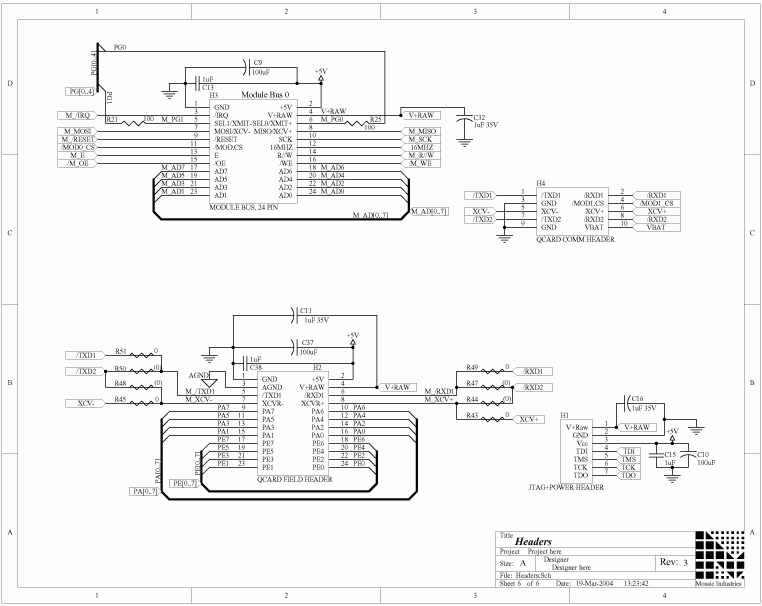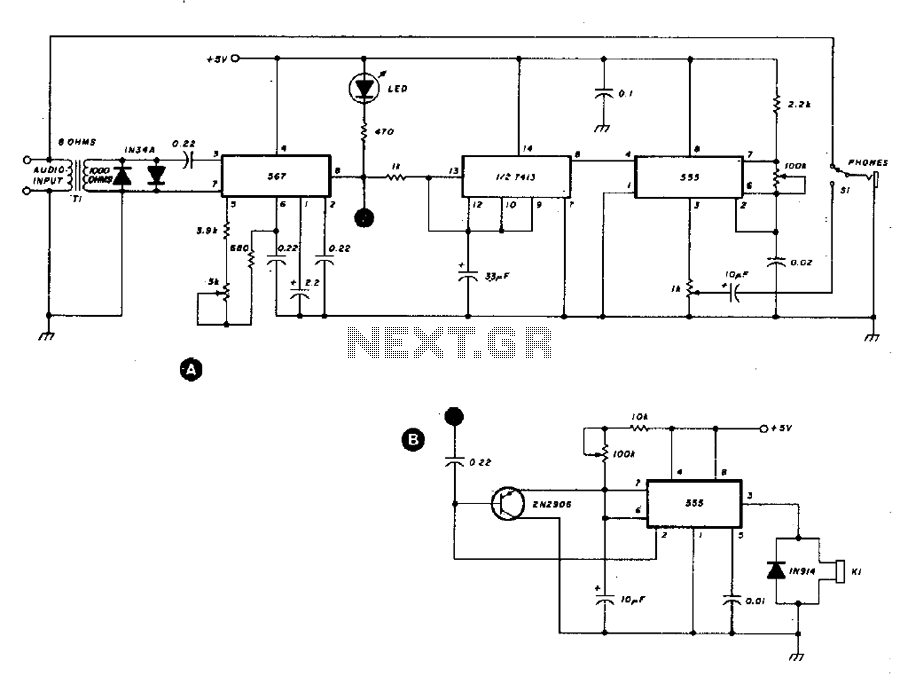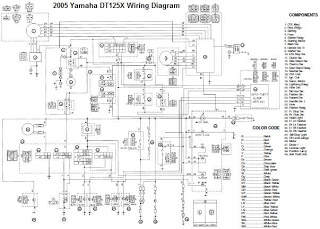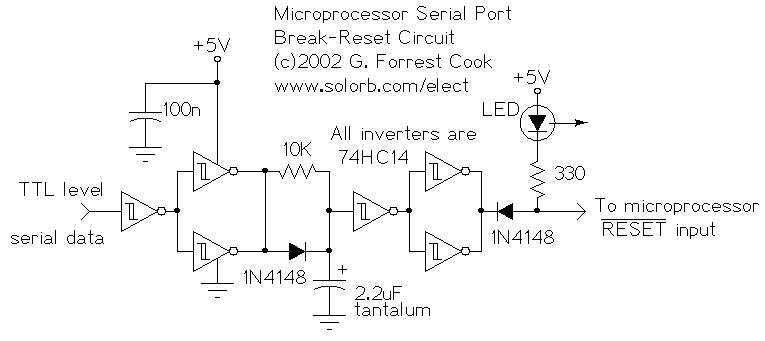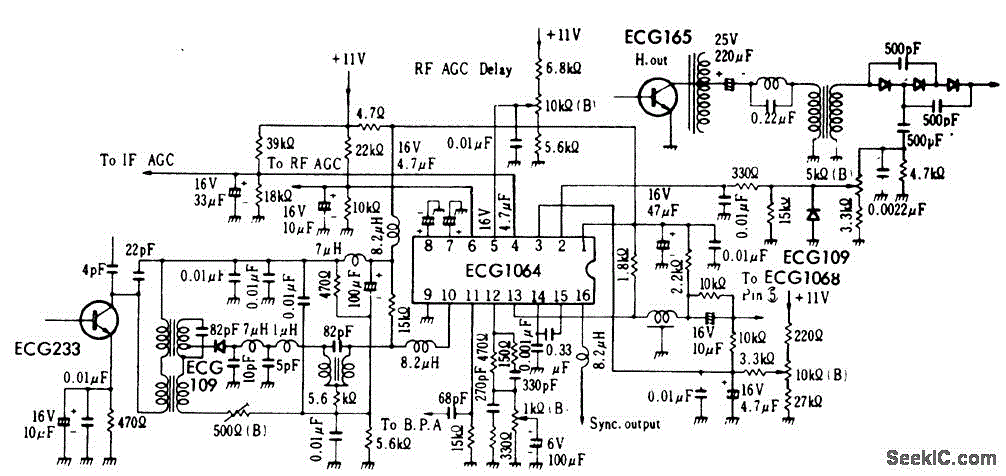
yamaha dspa 1 processor

The Yamaha DSP-A1 is a high-performance home theater processor that offers a comprehensive range of features. Although it is priced at a premium, it is considered a worthwhile investment. Traditionally, one-box surround sound components are referred to as "Receivers," primarily due to their inclusion of tuners. However, the DSP-A1 lacks a tuner and is more accurately classified as a "Processor/Amplifier." While some may refer to it as an integrated amplifier, this designation does not fully encapsulate its capabilities. The DSP-A1 is rated for 110 watts RMS per channel into 8 Ohms for the front left, center, right, and rear left/right channels, with an additional 35 watts per channel for the "front effects" channels. The internal chassis is predominantly filled with circuit boards, and although the power transformer is substantial, the power capacitance is limited. This design approach is consistent with many receivers, leading to an estimated realistic output of around 60 watts per channel when all channels are actively producing sound. Nonetheless, the DSP-A1 remains superior to many other one-box solutions. Its processing capabilities are particularly noteworthy, making it a valuable option even when used with an external multi-channel power amplifier. Priced at $2,600, it offers significant processing power compared to other processors that may cost twice as much but provide fewer features. While more expensive processors may deliver slightly better sound quality due to higher-grade components, the differences are expected to be minimal until higher-quality audio formats become more prevalent. The front panel of the DSP-A1 features four visible controls: the on/off button, tape monitor, input selector knob, and volume knob. The input selector is an electronic rotary control that allows for continuous rotation, with the selected input displayed on the panel. A heavy metal door conceals additional buttons for tone controls, balance, input mode, record out, and a set of video inputs. This door typically remains closed, giving the unit a discreet appearance, as it is designed for remote control operation. The rear panel showcases the product's versatility, featuring six Toslink optical digital inputs, three RCA digital inputs, and one RCA AC-3 RF digital input, along with a variety of RCA analog input jacks, including phono, CD, tuner, and dual tape loop connections.
The Yamaha DSP-A1 is a sophisticated audio processing unit designed for home theater applications. Its architecture integrates advanced signal processing capabilities, enabling it to decode and manage multiple audio formats, including Dolby Digital and DTS, ensuring a rich and immersive sound experience. The DSP-A1's processing unit employs high-quality digital-to-analog converters (DACs) to maintain audio fidelity, allowing for precise sound reproduction across various listening environments.
In terms of connectivity, the DSP-A1 is equipped with an extensive array of inputs and outputs, facilitating seamless integration with a variety of audio and video sources. The inclusion of multiple digital inputs, both optical and coaxial, ensures compatibility with modern digital audio devices, while the analog inputs cater to traditional audio sources. Furthermore, the presence of dedicated outputs for subwoofers and zone 2 amplifiers enhances the unit's flexibility in multi-room audio setups.
The DSP-A1's user interface is designed for ease of use, featuring an intuitive layout that simplifies navigation through its extensive settings. The remote control provides access to all functions, including advanced features such as customizable sound profiles and equalization settings, allowing users to tailor the audio output to their specific preferences and room acoustics.
In conclusion, the Yamaha DSP-A1 stands out as a premier choice for audiophiles and home theater enthusiasts seeking a powerful and versatile processor/amplifier. Its combination of high-performance amplification, advanced processing capabilities, and extensive connectivity options positions it as a leading solution in the competitive landscape of home audio equipment.It is Yamaha`s latest statement piece, and it has everything we could possibly ask for in home theater processors, including high performance. It`s expensive, but worth it. Up until this point, I have not been a one box solution aficionado. That all changed when I first turned the DSP-A1 on in our home theater reference lab. There is a tendency to call all one box surround sound components "Receivers" because it is a convenient word, and most of them have tuners (that`s why they are called receivers). But the DSP-A1 does not have a tuner, so it should be called a "Processor/Amplifier". I have seen it referred to as an integrated amplifier, but that term does not really define this type of product. Anyway, it`s all just semantics. The fact is, the DSP-A1 is a masterpiece. It`s rated at 110 watts rms per channel into 8 Ohms for the front left/center/right and rear left/right, with 35 watts per channel going to the "front effects" channels.
Most of the inside of the chassis is occupied by circuit boards. The power transformer is huge, but there is not much in the way of power capacitance. This is pretty much the way all receivers have been, are, and probably will continue to be. As a result, I would estimate a more realistic 60 watts or so per channel when all channels are slamming out action movie sounds simultaneously. That`s still not bad, and better than most other one boxers. However, processor-wise, the DSP-A1 is the most exciting product to come along in quite a while. If you used the pre-outs with a multi-channel outboard power amplifier, this unit would still be worth the $2, 600 just for the processing power (however, the built-in amplifiers sound good, which I`ll get to momentarily).
You can spend twice this much on other processors, and get only a fraction of the features the DSP-1A has. Do the $5, 000 processors sound better Probably. They use incredibly high quality parts. But because digital surround sound comes from lossy compressed data, I think we will have to wait until there are six (5.
1) channels of 24 bit/96 kHz sound before the differences become more than slight. The front of the DSP-A1 has only four controls visible: (from left to right) the on/off button, tape monitor, input selector knob, and volume knob. The input selector is rotary and is electronic rather than mechanical. You can rotate it continuously, and in doing so, the selected input, shown next to the control on the panel display, changes.
A heavy metal door opens below the display to show buttons for many of the features such as tone controls, balance, input mode, record out, and one set of video inputs. Most of the time this door remains closed, giving the DSP-A1 a very subtle and inconspicuous appearance.
It is expected that you will access the controls from the remote control. The rear of the DSP-A1 shows just how flexible this product is. There are six Toslink optical digital inputs, three RCA digital inputs, and one RCA AC-3 RF digital input. These inputs are seen as the vertical array on the far left in the photo. The next vertical array, just to the right of the digital inputs, is the set of numerous RCA analog input jacks, including phono, CD, tuner, and tape loop (2 sets).
Underneath thes 🔗 External reference
The Yamaha DSP-A1 is a sophisticated audio processing unit designed for home theater applications. Its architecture integrates advanced signal processing capabilities, enabling it to decode and manage multiple audio formats, including Dolby Digital and DTS, ensuring a rich and immersive sound experience. The DSP-A1's processing unit employs high-quality digital-to-analog converters (DACs) to maintain audio fidelity, allowing for precise sound reproduction across various listening environments.
In terms of connectivity, the DSP-A1 is equipped with an extensive array of inputs and outputs, facilitating seamless integration with a variety of audio and video sources. The inclusion of multiple digital inputs, both optical and coaxial, ensures compatibility with modern digital audio devices, while the analog inputs cater to traditional audio sources. Furthermore, the presence of dedicated outputs for subwoofers and zone 2 amplifiers enhances the unit's flexibility in multi-room audio setups.
The DSP-A1's user interface is designed for ease of use, featuring an intuitive layout that simplifies navigation through its extensive settings. The remote control provides access to all functions, including advanced features such as customizable sound profiles and equalization settings, allowing users to tailor the audio output to their specific preferences and room acoustics.
In conclusion, the Yamaha DSP-A1 stands out as a premier choice for audiophiles and home theater enthusiasts seeking a powerful and versatile processor/amplifier. Its combination of high-performance amplification, advanced processing capabilities, and extensive connectivity options positions it as a leading solution in the competitive landscape of home audio equipment.It is Yamaha`s latest statement piece, and it has everything we could possibly ask for in home theater processors, including high performance. It`s expensive, but worth it. Up until this point, I have not been a one box solution aficionado. That all changed when I first turned the DSP-A1 on in our home theater reference lab. There is a tendency to call all one box surround sound components "Receivers" because it is a convenient word, and most of them have tuners (that`s why they are called receivers). But the DSP-A1 does not have a tuner, so it should be called a "Processor/Amplifier". I have seen it referred to as an integrated amplifier, but that term does not really define this type of product. Anyway, it`s all just semantics. The fact is, the DSP-A1 is a masterpiece. It`s rated at 110 watts rms per channel into 8 Ohms for the front left/center/right and rear left/right, with 35 watts per channel going to the "front effects" channels.
Most of the inside of the chassis is occupied by circuit boards. The power transformer is huge, but there is not much in the way of power capacitance. This is pretty much the way all receivers have been, are, and probably will continue to be. As a result, I would estimate a more realistic 60 watts or so per channel when all channels are slamming out action movie sounds simultaneously. That`s still not bad, and better than most other one boxers. However, processor-wise, the DSP-A1 is the most exciting product to come along in quite a while. If you used the pre-outs with a multi-channel outboard power amplifier, this unit would still be worth the $2, 600 just for the processing power (however, the built-in amplifiers sound good, which I`ll get to momentarily).
You can spend twice this much on other processors, and get only a fraction of the features the DSP-1A has. Do the $5, 000 processors sound better Probably. They use incredibly high quality parts. But because digital surround sound comes from lossy compressed data, I think we will have to wait until there are six (5.
1) channels of 24 bit/96 kHz sound before the differences become more than slight. The front of the DSP-A1 has only four controls visible: (from left to right) the on/off button, tape monitor, input selector knob, and volume knob. The input selector is rotary and is electronic rather than mechanical. You can rotate it continuously, and in doing so, the selected input, shown next to the control on the panel display, changes.
A heavy metal door opens below the display to show buttons for many of the features such as tone controls, balance, input mode, record out, and one set of video inputs. Most of the time this door remains closed, giving the DSP-A1 a very subtle and inconspicuous appearance.
It is expected that you will access the controls from the remote control. The rear of the DSP-A1 shows just how flexible this product is. There are six Toslink optical digital inputs, three RCA digital inputs, and one RCA AC-3 RF digital input. These inputs are seen as the vertical array on the far left in the photo. The next vertical array, just to the right of the digital inputs, is the set of numerous RCA analog input jacks, including phono, CD, tuner, and tape loop (2 sets).
Underneath thes 🔗 External reference
